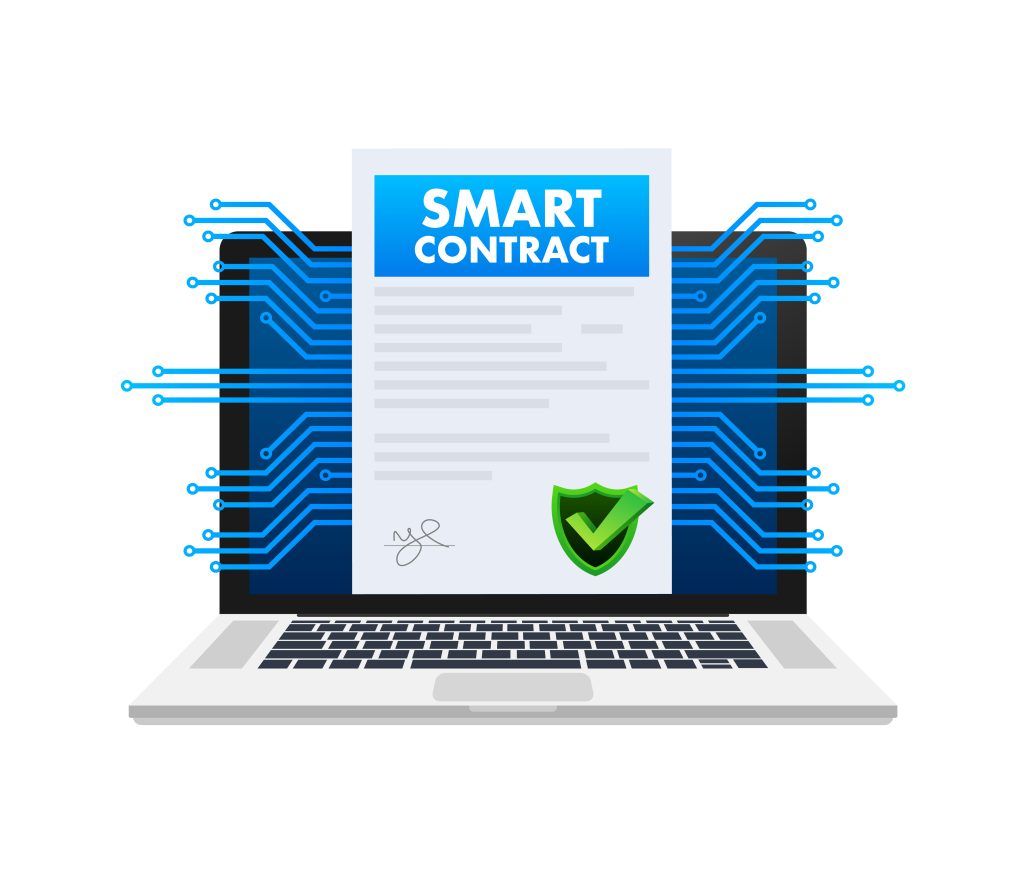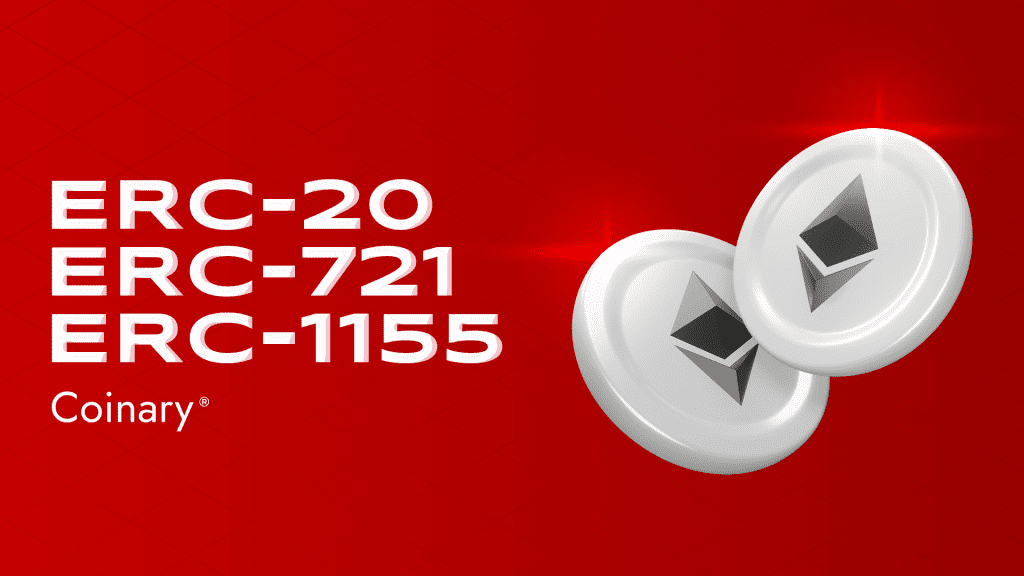Welcome to the world of Ethereum and its open-source blockchain, a brainchild of visionary Vitalik Buterin. Since its inception in 2015, Ethereum has significantly transformed the digital landscape, notably by introducing smart contracts, paving the way for decentralization, and facilitating countless opportunities for developers. Ethereum tokens are vital components in maintaining the system’s functionality while enabling various web3 services. As the ecosystem matured, the community created the Ethereum Request for Comments (ERC) standards to provide much-needed uniformity in token creation, usage, and trading. Today, we delve into the nuances of ERC standards, specifically focusing on the differences between ERC-20, ERC-721, and ERC-1155.
Understanding Fungibility
Before we unpack the diverse standards of the Ethereum ecosystem, let’s first get to know two key concepts of fungibility and non-fungibility, two central aspects of digital assets representation.
Fungible assets are those which can be interchanged with another identical entity, typically possessing equivalent value. Think of your traditional dollar bills – each bill holds the same value as the other and are, therefore, fungible.
On the other hand, non-fungible assets are unique and irreplaceable. Consider your house, with its distinct features and ownership documents – this makes it a non-fungible asset.
You might wonder, how do these principles apply to ERC standards? Stay with us, as we unravel this fascinating connection!
What is the E-R-C standard for Ethereum?


Diving into Ethereum, it’s crucial to familiarize oneself with the term ERC, an acronym for Ethereum Request for Comments. Essentially, ERCs are fundamental guidelines for crafting smart contracts, acting as crucial technical documents. They provide detailed explanations about methods, behaviors, and research, serving as a valuable reference for everyone interested in Ethereum’s development and usage. Ethereum smart contract developers pen these rules that establish the boundaries every Ethereum token must follow.
The Evolution of the ERC Standard
In the early days, before ERC-20, each token had its unique code. This disparity led to a myriad of challenges, including the need for custom codes for wallet and exchange support.
ERC-20 transformed the landscape by introducing a shared set of conventions for token creation, which significantly streamlined the process across the Ethereum blockchain. The standardization allowed wallet providers to easily support hundreds of tokens, previously a daunting and time-consuming task.
This evolutionary leap unlocked Ethereum’s true potential, empowering the creation of more sophisticated smart contracts and fostering the network’s exponential growth. With the continued development of Ethereum, numerous ecosystems, blockchains, and tokens have originated, each bringing unique value to the digital space.
The ERC-20 Standard


Among the first and most significant developments in the Ethereum community is the ERC-20 standard. The “20” is merely a unique proposal ID, but the significance of this standard goes far beyond a simple number.
The ERC-20 standard outlines a set of rules that Ethereum tokens must adhere to, allowing them to interact seamlessly within the broader Ethereum ecosystem. The standard includes guidelines on how tokens can be transferred, how transactions are approved, how users can access data about a token, and the total supply of tokens.
Before ERC-20, developers needed to produce a completely new codebase every time they wanted to create a new token. This led to compatibility issues, as each new token might behave differently. With the advent of the ERC-20 standard, Ethereum-based tokens became more predictable and easier to handle, boosting their adoption significantly.
An ERC-20 token possesses six mandatory functions, including checking the total token supply, retrieving the account balance, transferring tokens, and allowing others to withdraw from an account. The standard’s widespread adoption paved the way for the Initial Coin Offering (ICO) explosion in 2017, where ERC-20 tokens were commonly used.
The ERC-721: Non-fungible Tokens


The ERC-721 is a free, open standard that describes how to build non-fungible or unique tokens on the Ethereum blockchain. While most tokens are fungible (every token is identical to every other token; e.g., ERC-20), ERC-721 tokens are all unique.
This unique feature enables us to create verifiably scarce digital assets. ERC-721 tokens are used to represent ownership of unique items or pieces, for example, in decentralized games like CryptoKitties, where each digital kitten is distinct from the other.
Each ERC-721 token is tracked individually on the blockchain, and properties such as ownership details and trading history can be easily accessed. With ERC-721, the possibility of tokenizing and trading any discrete item, including real-world assets like real estate or artwork, has now become a reality.
The ERC-1155: Multi Token Standard
While the ERC-20 and ERC-721 have significantly expanded the possibilities of tokenization on the Ethereum blockchain, they both suffer from a critical inefficiency: every new token type requires the deployment of a new contract, which consumes gas (Ethereum’s computational currency) and adds data to the Ethereum blockchain.
To overcome these inefficiencies, the ERC-1155 standard was developed. Also known as the “Multi Token Standard,” ERC-1155 enables a single contract to govern an almost infinite number of tokens. Not only can it create fungible tokens (like ERC-20) and non-fungible tokens (like ERC-721), but it can also produce any mixture of the two.
ERC-1155 tokens are stored in a single contract with a minimum amount of data needed to differentiate the token from others. This efficiency in data usage reduces the cost of token creation and allows for significant batches of tokens to be transferred simultaneously, reducing transaction costs.
ERC-1155 has the potential to accelerate the already fast-growing sector of digital assets and could become the standard of choice for game developers and other digital asset creators.
Examples of Virtual Use Cases for the NFT’s and the ERC-20 Standard


In the digital space, both NFTs (ERC-721 and ERC-1155) and the ERC-20 standard have found diverse and transformative applications.
ERC-20 tokens, being fungible, have primarily been used to create cryptocurrencies with specialized uses. For instance, DAI, a stablecoin pegged to the U.S. dollar, is an ERC-20 token. Utility tokens, such as BAT (Basic Attention Token), are used to reward users for their attention within the Brave browser ecosystem.
NFTs, on the other hand, have taken the digital art and gaming world by storm. CryptoKitties, one of the first games to implement ERC-721, allows users to purchase, collect, breed, and sell unique virtual cats. Each cat, or CryptoKitty, is an NFT with distinct attributes (“cattributes”) and its ownership is tracked on the Ethereum blockchain. Another exhilarating game on th BSC, in the RPG genre is Dragonary where you can play and earn CYT, breed your own team of Dragons and battle in a PVP online arena.
In the digital art space, platforms like OpenSea, Rarible, and Foundation are allowing artists to mint their artwork as NFTs and sell them directly to collectors. The ERC-721 and ERC-1155 standards make it possible for each artwork to exist as a unique token on the blockchain, guaranteeing scarcity and provable ownership.
Real-world Use Cases for NFTs (ERC-721 and ERC-1155)
Moving beyond the digital realm, NFTs are also revolutionizing the real world by providing a mechanism for tokenizing and trading physical assets. For instance, an artist can create an non-fungible token that represents a physical piece of artwork. The NFT can be bought and sold just like the physical piece, with the blockchain ensuring the authenticity and provenance of the artwork.
In real estate, property deeds can be turned into NFTs, allowing them to be easily traded and ownership transferred. Similarly, collectibles, luxury goods, and even intellectual property rights can all be tokenized as NFTs. There are many examples of nfts out there. The blockchain provides an immutable record of ownership and transactions, solving many of the problems of authenticity and provenance that plague these industries.
The Bottom Line
The ERC standards have played a vital role in the expansion of the Ethereum ecosystem. ERC-20 introduced a standard interface for fungible tokens, catalyzing a new era of decentralized applications and paving the way for ICOs. ERC-721 and ERC-1155 further expanded the potential of the blockchain by introducing standards for non-fungible tokens, providing a way to tokenize unique digital and physical assets.
However, while these standards have undeniably unlocked a vast array of use cases, they are not without their challenges. Issues such as scalability, gas fees, and environmental impact remain as hurdles to be overcome. Furthermore, regulatory uncertainties, particularly concerning NFTs and tokenized assets, are ongoing concerns.
Despite these challenges, the potential of these ERC standards is undeniable. As the ecosystem matures and solutions to these issues are found, we can expect to see even more innovative and transformative applications built on these standards.









